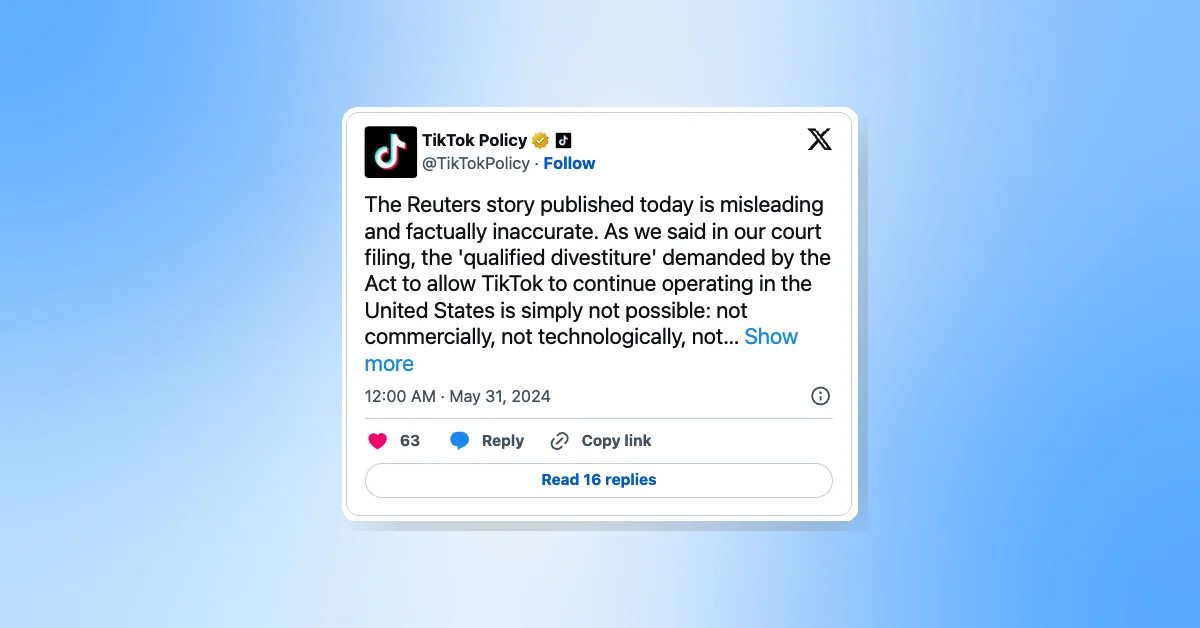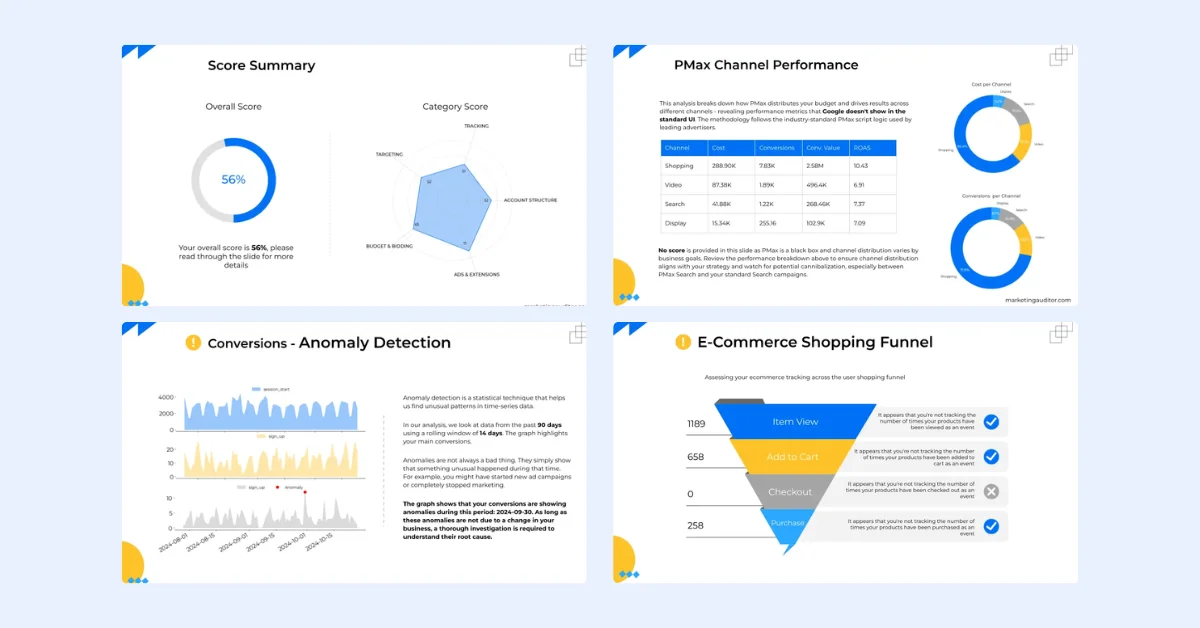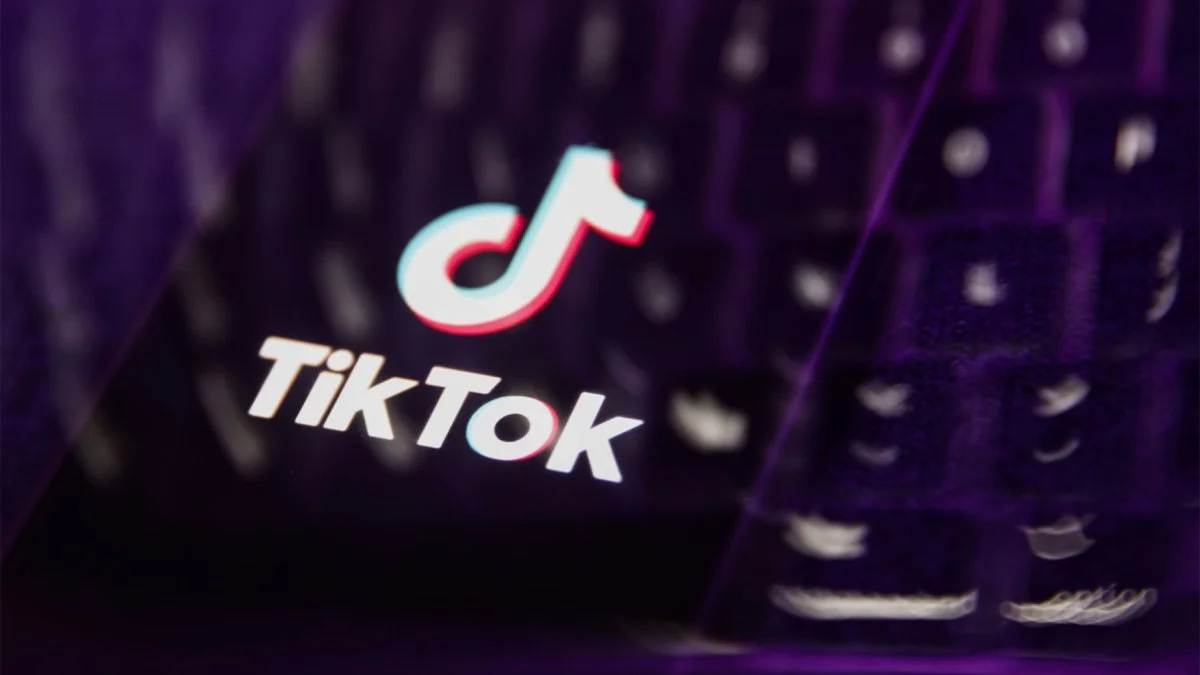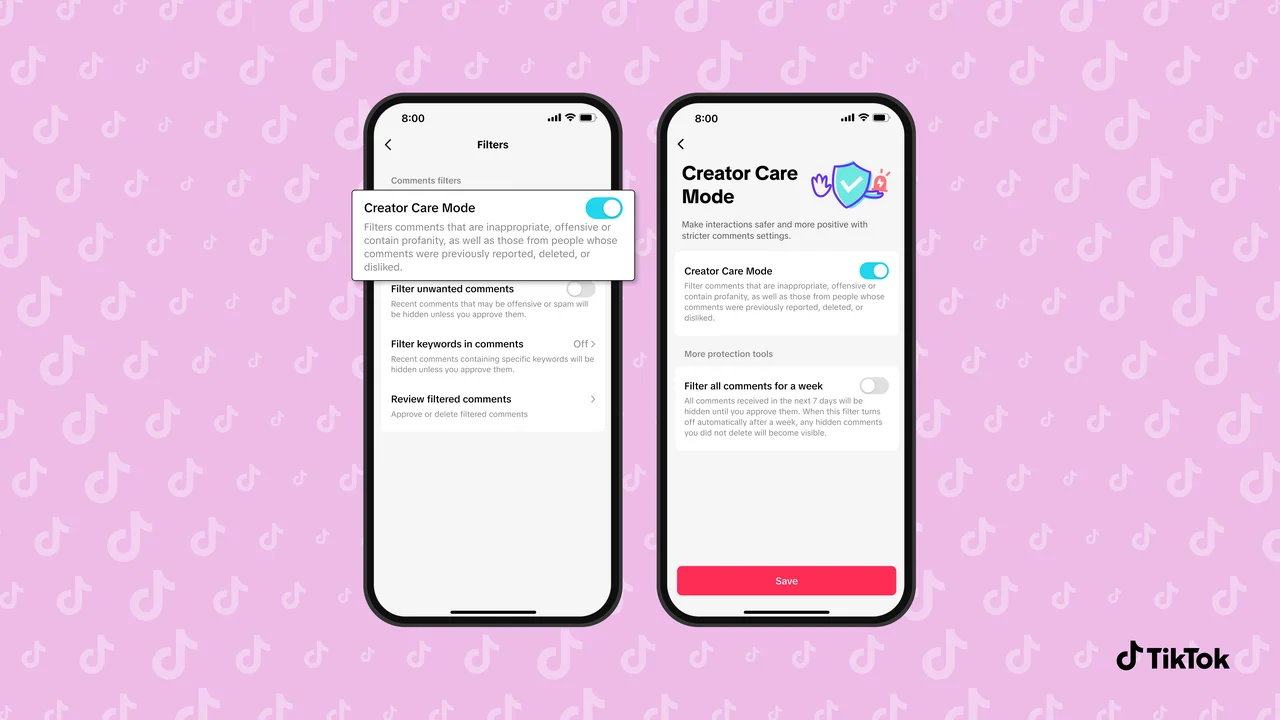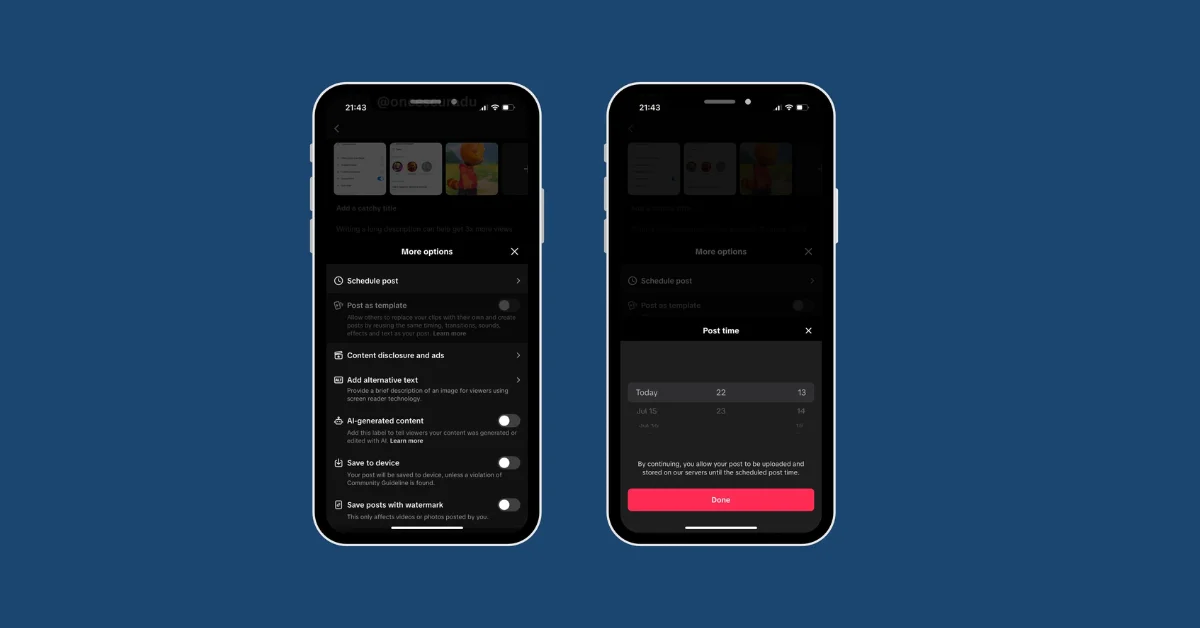TikTok has denied reports that it is splitting its source code to create a US-only feed algorithm. According to a Reuters article, TikTok has been working on a version of its recommendation algorithm that operates independently from Douyin, the Chinese version of the app operated by ByteDance. This project, which began last year, aims to demonstrate to US lawmakers that TikTok's US operations are independent of its Chinese parent company.
Project Details
- Timeline and Efforts: The project is expected to take over a year to complete. Hundreds of engineers from both ByteDance and TikTok have been tasked with separating millions of lines of code to create a distinct code base for the US version.
- Challenges: The separation process is complex and involves reviewing each line of code to determine its suitability for the new code base. Compliance and legal issues further complicate the task.
- Objective: The goal is to create a recommendation algorithm that operates independently for TikTok's US users, thereby addressing concerns about data access and influence by the Chinese government.
TikTok's Response
TikTok has publicly refuted the Reuters report, calling it "misleading and factually inaccurate." The company reiterated that the "qualified divestiture" demanded by US law is not feasible commercially, technologically, or legally within the 270-day timeline required.
Legal Context
- US Legislation: A bill signed into law in April mandates the sale or ban of TikTok's US operations by January 19. TikTok and ByteDance have filed a lawsuit in US federal court to block this law.
- Court Proceedings: A US appeals court has set a fast-track schedule to consider the legal challenges to the new law.
Technical and Operational Implications
- Engineering Power: Splitting the source code would isolate TikTok US from ByteDance's extensive engineering resources, potentially affecting the app's performance and user engagement.
- Previous Efforts: An earlier initiative, Project Texas, aimed to silo off US user data but failed to satisfy US regulators and lawmakers.
- Transparency Measures: At one point, TikTok executives considered open-sourcing parts of the algorithm to demonstrate transparency.
Conclusion
The ongoing efforts to split TikTok's source code aim to mitigate political risks and regulatory scrutiny in the US. However, TikTok maintains that the divestiture demanded by US law is not viable, and the company is actively challenging this in court.
